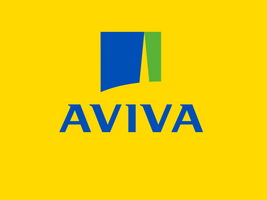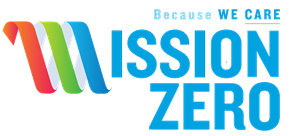Title Page
-
Site conducted
-
Conducted on
-
Prepared by
-
Location
Checklist
Safety Program and Control
-
Safety noticeboard up to date and includes Safety policy, Recent Safety committee minutes, recent workplace assessments e.g., RA, monitoring (if applicable), details of safety coordinator & HSR (if applicable), emergency procedures, staff & evacuation plan, Hazard & Injury Reporting process, Any WHS (Work Health and Safety) notices issued (if any), recent alerts/bulletins/toolbox.
-
Safety “toolbox” talks conducted regularly. See Section 7.
-
Risk register maintained for all outstanding safety actions. See Section 15.
-
Plant and Equipment Records maintained (See Section 14) e.g. Manuals, Risk Assessments, Registration (if applicable), Maintenance and Inspection
-
Position Descriptions available for all workers/ class of works and includes relevant safety responsibilities. See Section 6
-
Training Needs Analysis completed this year for all staff See Section 9 of Dealer Safety Manual
-
Safety inspection checklist for workshop completed weekly See Section 10 of Dealer Safety Manual
-
Traffic management assessment and plan conducted for area. *May be part of site traffic management plan. See Section 20
SAFE WORK PROCEDURES & PERMITS
-
a) Safe work procedures available for all routine tasks including use of workshop equipment.
-
b) Permit to work system maintained for designated high-risk tasks e.g., work at heights permit
MANUAL HANDLING
-
a) Identified potentially hazardous manual tasks have been assessed?
-
b) Lifting aids available, in good condition and used by workers?
PLANT & EQUIPMENT – WALK AROUND
-
Workshop areas restricted e.g., restricted entry signposted and enforced
-
Daily safety checks are completed correctly by operators for specified equipment e.g., hoists, forklifts
-
Equipment physical condition good e.g., guards in place and secure
-
Danger tags & procedure in place to isolate any unsafe or damaged equipment, staff trained in process. See Section 14
-
Controls, valves & service lines labelled, including isolation points identified.
-
Lifting equipment includes SWL (Safe Workload) displayed, manufacturers plaque and evidence of in date testing
-
Portable power tools, leads and equipment inspected periodically and visually checked before each use.
-
Workers trained in use of equipment per work procedures/manufacturer’s manual.
TRAFFIC & PEDESTRIAN MANAGEMENT – WALK AROUND
-
Pedestrian walkways clearly marked and segregate where possible
-
Traffic rules communicated e.g., directional signage in place.
-
Forklift and vehicle use restricted to authorized persons e.g., access to keys restricted
-
Vehicle interaction points appropriately controlled e.g., per traffic management plan. Designated parking areas in place, unobstructed, for all plants and vehicles on site.
-
Pedestrians not within 3m of maneuvering mobile equipment without controls in place. Procedure in place to safely approach e.g., forklift ignition off and load lowered.
-
Pedestrians not within 3m of maneuvering mobile equipment. Procedure in place to safely approach e.g. forklift off and load lowered before approaching.
-
Truck un/loading area designated. Trucks prevented from moving during un/loading process.
-
Designated driver safety zone established, communicated to drivers and usage enforced e.g., site rules for drivers displayed in driver zone.
-
Height of doorways does not present hazard, and forklift path of travel free from obstructions.
-
No persons permitted on tray of truck or roof of truck, unless controls in place.
FIRE & EMERGENCY
-
Fire equipment appropriate for facilities & risks e.g., Foam extinguisher for flammable liquids & Dry Chemical or CO2 extinguisher for electrical fires
-
Fire equipment inspected and tagged every 6 months?
-
Emergency equipment kept clear and well signposted, with 1 m clearance around equipment maintained. See Section 13
-
Staff aware of various emergency response scenarios
CHEMICAL SAFETY
-
Chemical register up to date? All items listed on register with accurate max quantity likely to hold. SDS (Safety Data Sheets) available and in date (within the last 5 yrs.)
-
Chemicals stored safely, per risk assessment and SDS. See Section 17 e.g. All gas cylinders restrained in place and stored externally when not in use
-
Staff aware of chemical safety requirements? Location of SDS, PPE (Personal Protective Equipment) and spill kit.
WORKING ENVIRONMENT
-
Buildings, facilities, and floors in good state of repair
-
Mezzanine storage have safe handrails & stair access (per AS 1657), safety gates at any forklift loading areas and safety mesh to prevent any materials falling.
-
Racking inspections conducted regularly e.g., 6monthly (per Section 23 of Dealer Safety Manual)










